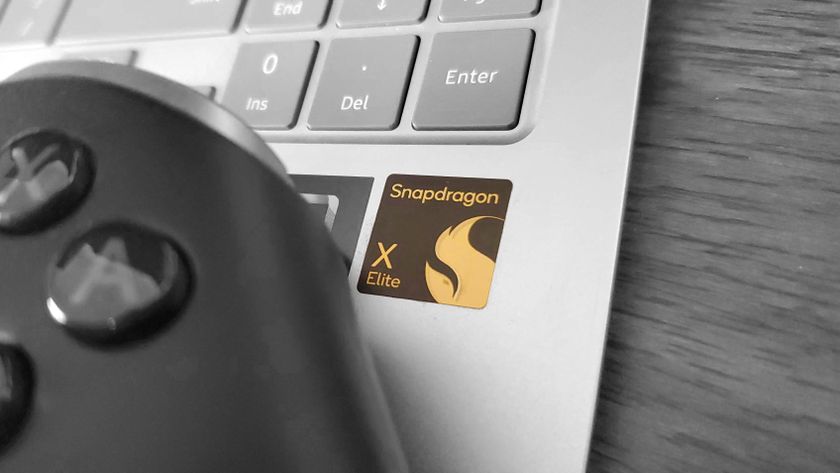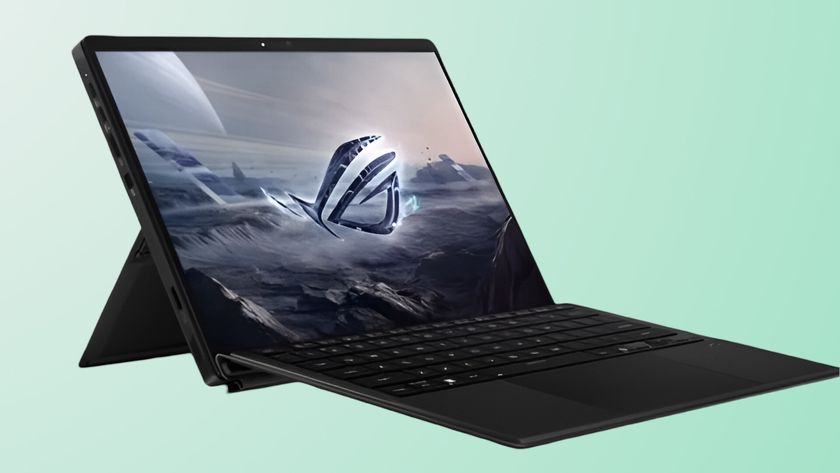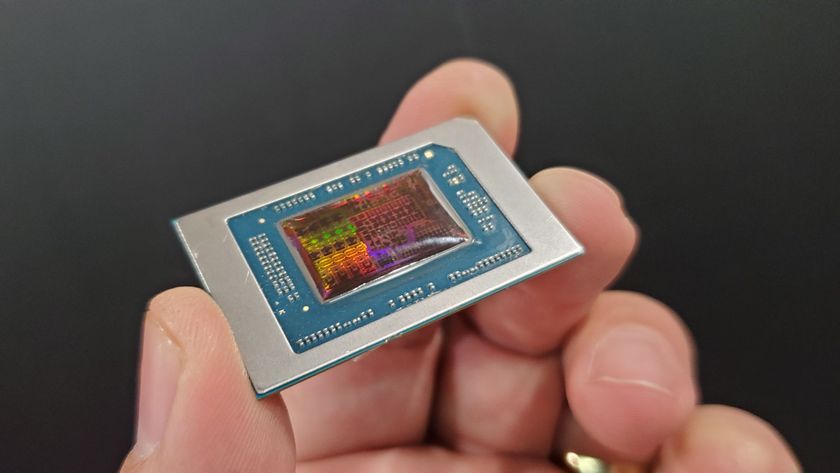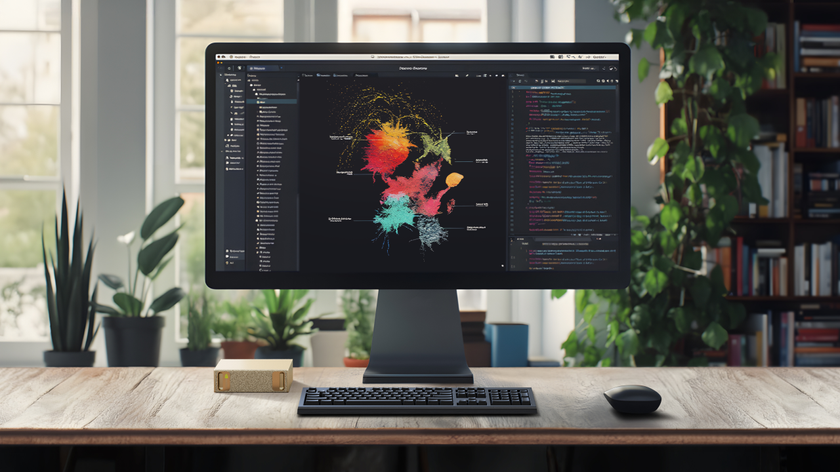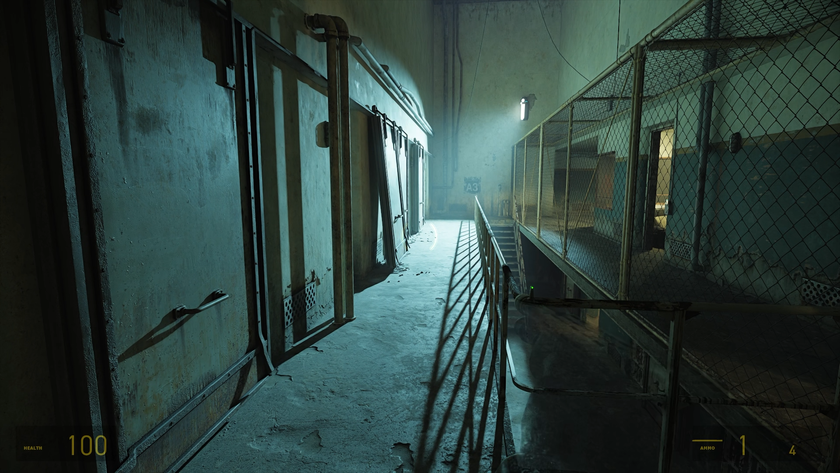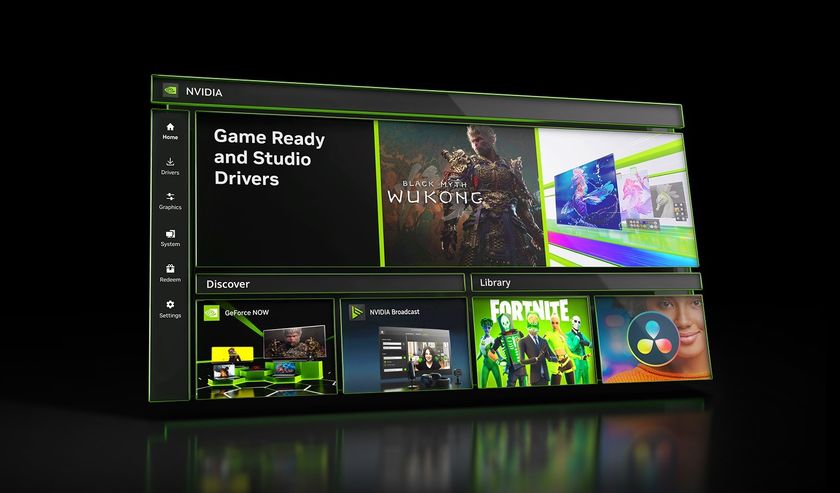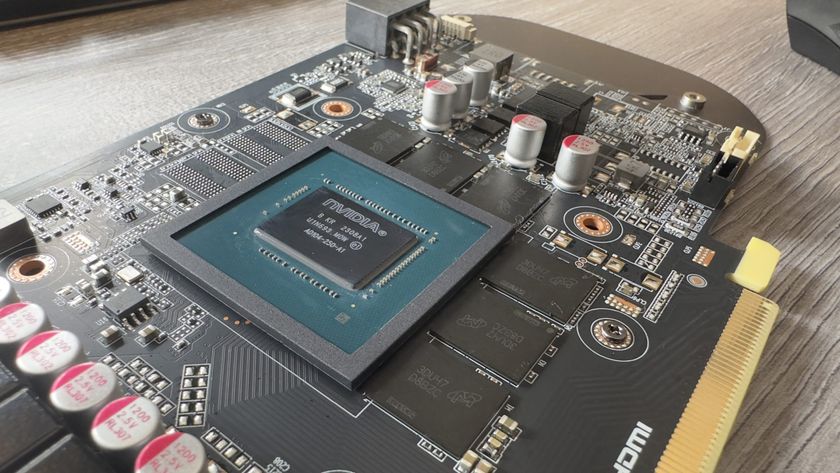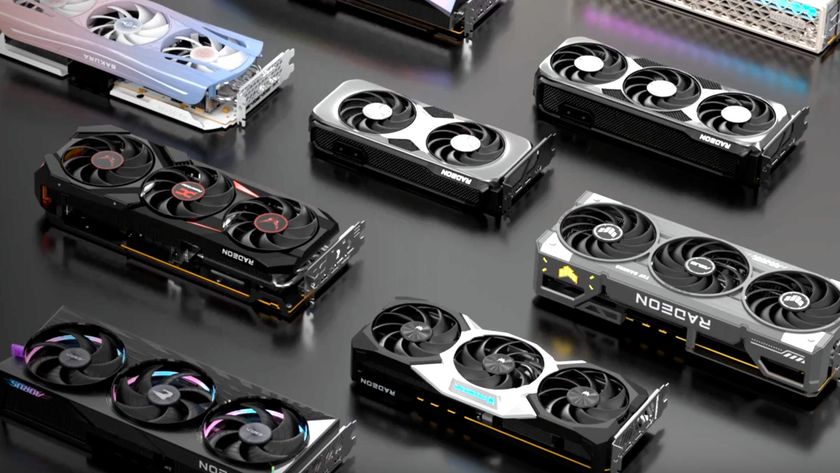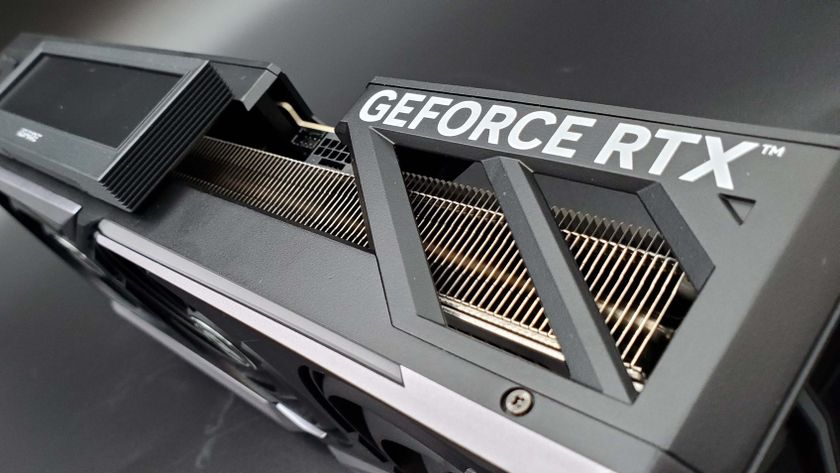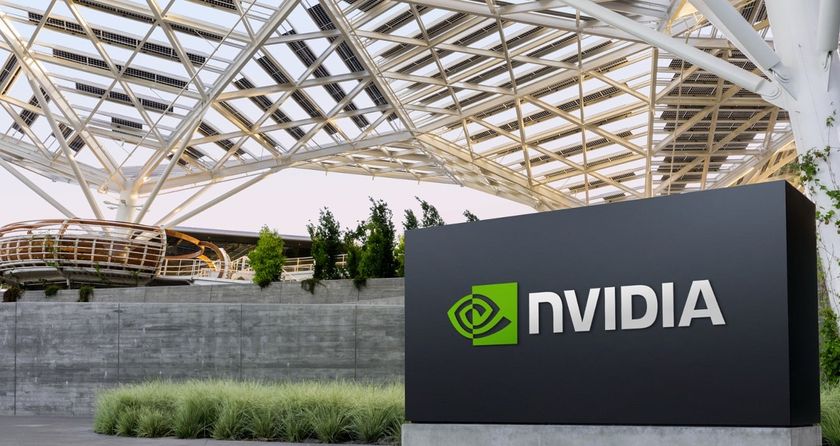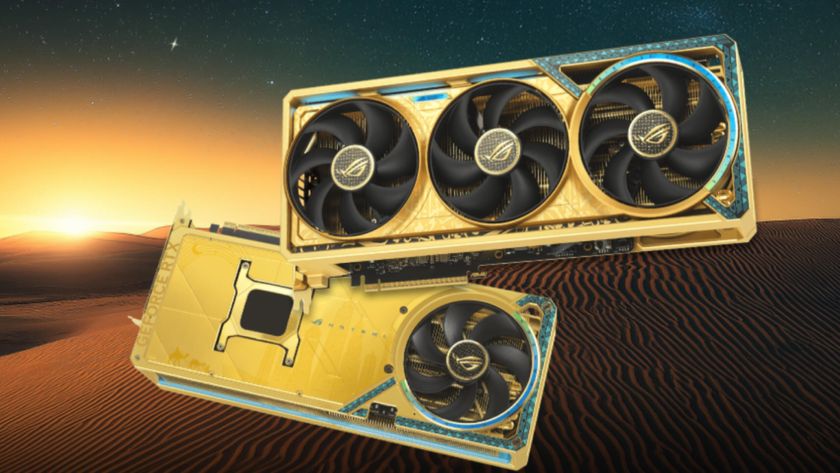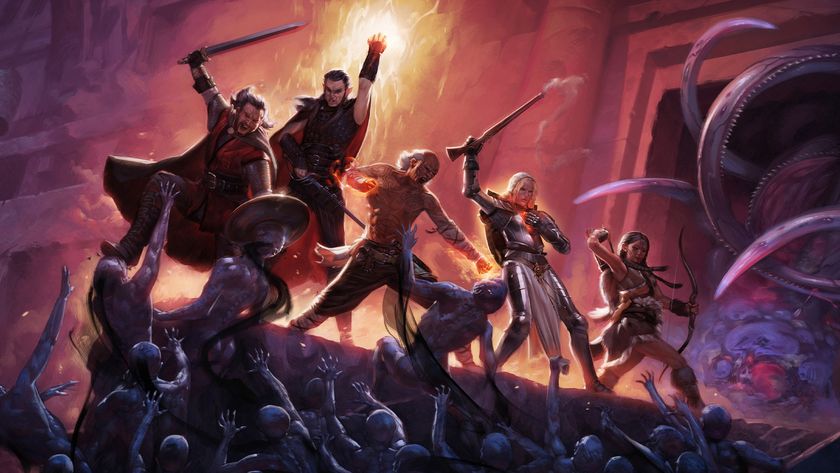Arm's new flagship GPU will include hardware ray tracing support. Yeah, ray-traced phones
Look out for it in high end phones in 2023.
Hardware-based ray tracing is coming to mobile devices. The Immortalis G715 is Arm's new flagship GPU. It promises a 15% performance uplift over the previous premium Mali GPU and up to a 300% improvement in ray tracing performance thanks to its dedicated hardware.
Details are fairly thin and Arm didn’t present any performance data, though it does plan to hold a webinar on August the 24th to quote: “Learn about the latest graphics features made possible by Immortalis-G715, including hardware-based ray tracing support for more realistic and immersive mobile gaming experiences.” We’ll learn more about Arm’s RT implementation then.
Arm is introducing two new Mali GPUs alongside the 10-core Immortalis. These are the Mali-G715 with 7 to 9 cores and the Mali-G615 with up to 6 cores.
All of the new GPUs support variable rate shading. With VRS, the GPU can allocate resources to more complex parts of the image while rendering less important part of the image with lower fidelity, such as an object in the far background or out of focus. Alongside other architectural improvements, Arm believes the new GPUs will deliver at least a 15% performance improvement over previous generation GPUs.
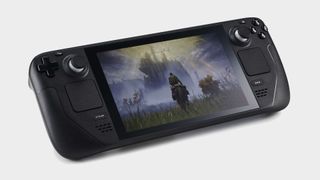
Steam Deck review: Our verdict on Valve's handheld PC.
Steam Deck availability: How to get one.
Steam Deck battery life: What's the real battery life of the new device?
How loud is the Steam Deck? And will it pass the Significant Other test?
Steam Deck - The emulation dream machine: Using Valve's handheld hardware as the ultimate emulator.
Mobile gaming is a big business. According to Newzoo’s 2022 Global Games Market Report, mobile gaming makes up 51 percent of the overall gaming market. Games like Fortnite and PUBG have dedicated mobile fanbases, and it's only a matter of time before the technology’s that PC gamers enjoy filter down into the much more power restricted mobile space.
Ray tracing on mobile still has a long way to go, though the industry has to start somewhere. Samsung’s Exynos 2200 and its Xclipse GPU includes hardware ray tracing acceleration, and surely, it’s only a matter of time before Qualcomm and Apple embrace it too. Momentum is building, but until those two companies include ray tracing hardware, it’s tough to see developers putting too much effort into including ray tracing in mobile games.
The biggest gaming news, reviews and hardware deals
Keep up to date with the most important stories and the best deals, as picked by the PC Gamer team.

Chris' gaming experiences go back to the mid-nineties when he conned his parents into buying an 'educational PC' that was conveniently overpowered to play Doom and Tie Fighter. He developed a love of extreme overclocking that destroyed his savings despite the cheaper hardware on offer via his job at a PC store. To afford more LN2 he began moonlighting as a reviewer for VR-Zone before jumping the fence to work for MSI Australia. Since then, he's gone back to journalism, enthusiastically reviewing the latest and greatest components for PC & Tech Authority, PC Powerplay and currently Australian Personal Computer magazine and PC Gamer. Chris still puts far too many hours into Borderlands 3, always striving to become a more efficient killer.
